The new SmartTag supports AR and precise nearby tracking, but you'll need to live in Samsung's world to get the most out of it.
Samsung debuted its vanilla SmartTag earlier in 2021, offering location tracking over Bluetooth 5.0 LE through its global network of Galaxy smartphones. Attach it to your keys or you bag and, in theory, the accompanying SmartThings app can tell you where in the world it is. And now, just in time for the summer travel season, we have the Galaxy SmartTag+. It's almost identical to its cheaper predecessor, and is also designed to help you track easily losable (or stealable) items. However, the newer model boasts more precise tracking through UWB (ultra-wideband) technology and neat augmented reality features on more recent Samsung phones.
The $10 premium compared to the older SmartTag is a small amount, but it is a significant proportion of the $39.99 price point of the new Tag+. What's more, some retailers now offer sizable discounts on multi-packs of the older SmartTag, putting the per-unit cost well below thirty bucks. So the higher price is no small deal.
For Android users, though, the Galaxy SmartTag+ is the best overall rival to Apple's AirTag, with the considerable caveat that you'll need to be happy living in the Samsung ecosystem — and own a very recent Samsung flagship — to get the most out of it.
Samsung Galaxy SmartTag+
Bottom line: A little extra cash gets you more precise nearby tracking and impressive augmented reality features compared to the original Galaxy SmartTag. But you'll need a recent Galaxy phone to get the most out of the Tag+, and its more advanced features work better if your smart home consists of other Samsung-compatible gadgets.
The Good
- Precise tracking through UWB
- Smart home integration
- Large tracking network thanks to Samsung's smartphone market share
- Easily attachable to large or small items
The Bad
- Requires a Galaxy smartphone to work
- UWB features limited to a handful of flagships
- Smart home integration only works through SmartThings
- Misuse prevention features are poor
Samsung Galaxy SmartTag+: Price and availability
In the U.S., the Samsung Galaxy SmartTag+ is on sale now and available from Amazon and other retailers priced at $39.99. This gets you the SmartTag+ itself and a pre-fitted, non-rechargeable CR2032 battery that'll last around five months. Unlike the older SmartTag, we haven't yet noticed any bundle deals for multiple SmartTag+ devices at the time of writing.
Samsung Galaxy SmartTag+: What's good
The Galaxy SmartTag+ is portable and lightweight, measuring 1.8 inches across and weighing in at just 15 grams. It's small enough to fit on a keyring without adding too much bulk, and the built-in loop will help you do just that. Design-wise there's not a whole lot to see here — like its predecessor, the Tag+ is a little rectangular pebble with a soft-touch plastic finish and an action button on one side. The fingernail slot on the device's corner provides quick (though not necessarily easy) access to its innards when it's time to replace the internal lithium battery.
An unassuming, utilitarian design.
If you're using a recent Samsung Galaxy smartphone — anything running Android 8.0 Oreo or above — setting up the Galaxy SmartTag+ is simple. Powering on the tag via the action button will conjure up a pop-up on your phone, allowing you to get started via the SmartThings app and link your Samsung account.
Here's where you'll get an introduction to everything the SmartTag+ can do, much of which overlaps with the regular SmartTag. Your phone can securely locate your tag using information from nearby Galaxy phones, piped back to you via Samsung's cloud. This is the same basic system as Apple uses with its AirTags, and like AirTag, this is all done without revealing the tag's location to the users of whichever phones it might have pinged.
The tag can also be set up to locate your phone, with a double-tap of the button activating the phone's ringer even if it's set to mute — useful if you're primarily using the Tag+ for its smart home features.
It's possible to set up the SmartTag+ to locate your phone or activate things in your smart home with a short or long press, too. Provided your home gadgets support SmartThings, the built-in key can be used as a light switch or to notify members of your home group.
But this gadget is, primarily, all about tracking things out in the wider world. And how well this primary function actually works will depend on how many Galaxy phones are in the tag's vicinity. After running a few tests involving playing hide and seek with the tag, I was usually able to get a reasonable idea of its location within a minute or so. In built-up areas, I was surprised to find just how infrequently my tag found itself outside the Bluetooth range of a Galaxy phone.
Samsung's Location tracking isn't flawless, but it worked surprisingly well.
In more remote locales, your mileage may vary — for example, if there are no Samsung phones in the area, or the tag was only briefly pinged by a passing Galaxy device. The core location-tracking feature of the Tag+ is also based around Bluetooth, and so is subject to the usual electromagnetic limitations of that standard. If you're in a building with thick walls or a lot of metal or stone, the tag may struggle to pick up Bluetooth signals from nearby Galaxy devices. Or, if the tag is higher up, where Bluetooth signals may travel further, it may be more difficult to pin down exactly where it is.
During my week of testing the Tag+, I only experienced a couple of examples of the reported location being notably far from where the tag actually was: Firstly, when it was placed high up near a window overlooking smaller buildings — in this instance, Samsung thought the tag was in the middle of a nearby road. The second time was a little harder to diagnose, but possibly explained by a glitch with the phone's location service resulting in the tag apparently teleporting a block and a half away from where it actually was.
You'll need a very recent Samsung flagship to take advantage of the Tag+'s UWB magic.
The main advantage of the SmartTag+ compared to the standard version is its use of ultra-wideband (UWB) technology for nearby tracking. On recent Samsung flagships like the Galaxy Z Fold 2, Note 20 Ultra, S21 Plus, and S21 Ultra, it's possible to use these ultra-high frequencies to track down the tag when you're in its vicinity. (Basically, within line of sight.)
This comes with a few caveats: Buildings, brick walls, and similarly bulky obstacles will block the signal — though since you're using a Samsung phone, the tag will likely have pinged you over Bluetooth first, giving you a reasonable idea of its location. And there's an understandable battery hit involved with using UWB versus plain old Bluetooth.
Nevertheless, I found UWB tracking on the whole worked reliably and accurately. SmartThings will prompt you to move your phone around to calibrate, then your device will do some number-crunching and figure out how far away your tag is and in which direction. Even when the tag was hidden in metal containers like an outdoor mailbox, my Galaxy S21 Ultra was able to pick up the tag as soon as there were no buildings directly between phone and tag.
There's also a neat AR (augmented reality) option that can overlay the phone's estimated location on a feed from your rear camera — eventually, a fuzzy green forcefield shows you where the UWB signal is coming from.
Finally, if you still can't locate your tag, there's the option to make it ring audibly.
Battery life is difficult to judge after just over a week's use, not least because the battery readout itself doesn't change until the charge drops below the "sufficient" level of 16%. Samsung says the battery should be good for around five months, though this may depend on how often you're using the more advanced features like UWB tracking. Either way, CR2032 batteries are easy to find and cheap to buy, making those half-yearly battery swaps relatively pain-free.
Samsung Galaxy SmartTag+: What's not good
Most of the Galaxy SmartTag+'s potential disadvantages have to do with the Samsung ecosystem. As a bare minimum barrier to entry, you'll need to be using a Samsung phone running Android 8 or above. Got a Pixel, OnePlus, or any other brand? You're out of luck. And only the very latest (and most expensive) Samsung flagships support the Tag+'s UWB tracking features. That means if you've got a base model Galaxy S21 — an excellent phone, and our pick for best Android phone right now — then no UWB for you.
A high barrier to entry.
The same limitations apply to the tag's smart home capabilities. Your gadgets will need to be compatible with SmartThings in order to work with the SmartTag+. If they're not, that mostly limits the tag to location tracking duties.
The tag's Bluetooth tracking effectiveness will also depend on the density of Samsung phones in your area. This means if you're in a built-up area in the U.S. or Western Europe, you're probably fine. But users in more rural areas, or countries where Samsung has a smaller market share, may find the Tag+ hobbled by the lack of nearby Galaxies.
Samsung needs to do a better job of preventing SmartTag abuse.
There's also the question of preventing misuse of small location trackers like the SmartTag+, an issue Apple has already grappled with following the recent AirTag launch. Devices like this can easily be used to illicitly track individuals' locations without their knowledge, and currently, Samsung only offers barebones tools to prevent this. On a Samsung phone, the option to scan for unknown tags nearby is hidden under several layers of menus in the SmartThings app. And on non-Samsung devices, SmartThings doesn't appear to have this feature at all at present — the option didn't appear on my Pixel 5, even after logging in with a Samsung account. As Apple has recently discovered, preventing misuse of products like this is just as important as making sure they work as advertised, and it's disappointing to see Samsung doing the bare minimum in this area.
Finally, while you won't be changing the device's battery on a regular basis, it's worth noting that the tag is extremely difficult to open up without using excessive amounts of force. In doing so, it's incredibly easy to scratch the tag's soft-touch plastic coating. I found the most reliable way to crack the device open was to use the blunt end of a SIM removal tool, but even then, the amount of force required felt like I was going to damage something.
Samsung Galaxy SmartTag+: Competition
The Galaxy SmartTag+'s main rival is its direct predecessor, the vanilla SmartTag. If you don't own a bleeding-edge Samsung flagship that supports UWB, there's no need to buy the SmartTag+. Your experience with the regular SmartTag will be identical, and you'll have an extra $10 in your pocket.
The other major competitor is the Tile Pro, which also sells for $30 and offers broader smartphone compatibility. However, Tile is also limited to Bluetooth tracking, and performance may vary depending on the coverage of the Tile network in your area.
And then there's, there's Apple's AirTag, which of course, is aimed at iPhone owners and not the Galaxy faithful. It's cheaper than the Galaxy SmartTag+ and has the benefit of being able to leverage almost every iPhone in the world to track its location. Apple's tag, however, lacks UWB support for narrowing down its location once you're nearby.
Samsung Galaxy SmartTag+: Should you buy it?
You should buy this if ...
- You own a recent Samsung flagship phone
- You're already fully bought into the Samsung ecosystem
- You want to track things from afar and up close
You shouldn't buy this if...
- You don't own a Samsung phone that supports UWB
- You need your battery to last longer than a few months
Like the regular Galaxy SmartTag, the SmartTag+ provides reliable location tracking out in the world, thanks to Samsung's massive smartphone market presence. And if you own a Galaxy Note 20 Ultra, S21+, S21 Ultra, or Z Fold 2, you'll probably find $10 is a reasonable premium to use the Tag+'s newfangled nearby scanning capabilities.
But the Tag+'s value proposition also depends on your commitment to the Samsung ecosystem. If you change to a non-Samsung smartphone in future, your new device won't be able to track your tag. And if you've opted for another company like Google or Amazon for your smart home, you'll miss out on a subset of this tag's features.
Despite those caveats, though, the Galaxy SmartTag+ is the best Android-compatible alternative to the Apple AirTag. And it's likely to stay that way until Google, with its ability to leverage the entire Android install base, produces one of its own.
Samsung Galaxy SmartTag+
Bottom line: If you own one of the very latest flagship Samsung phones, the company's most advanced tracking tile offers impressive new features — at a $10 premium over the regular SmartTag.


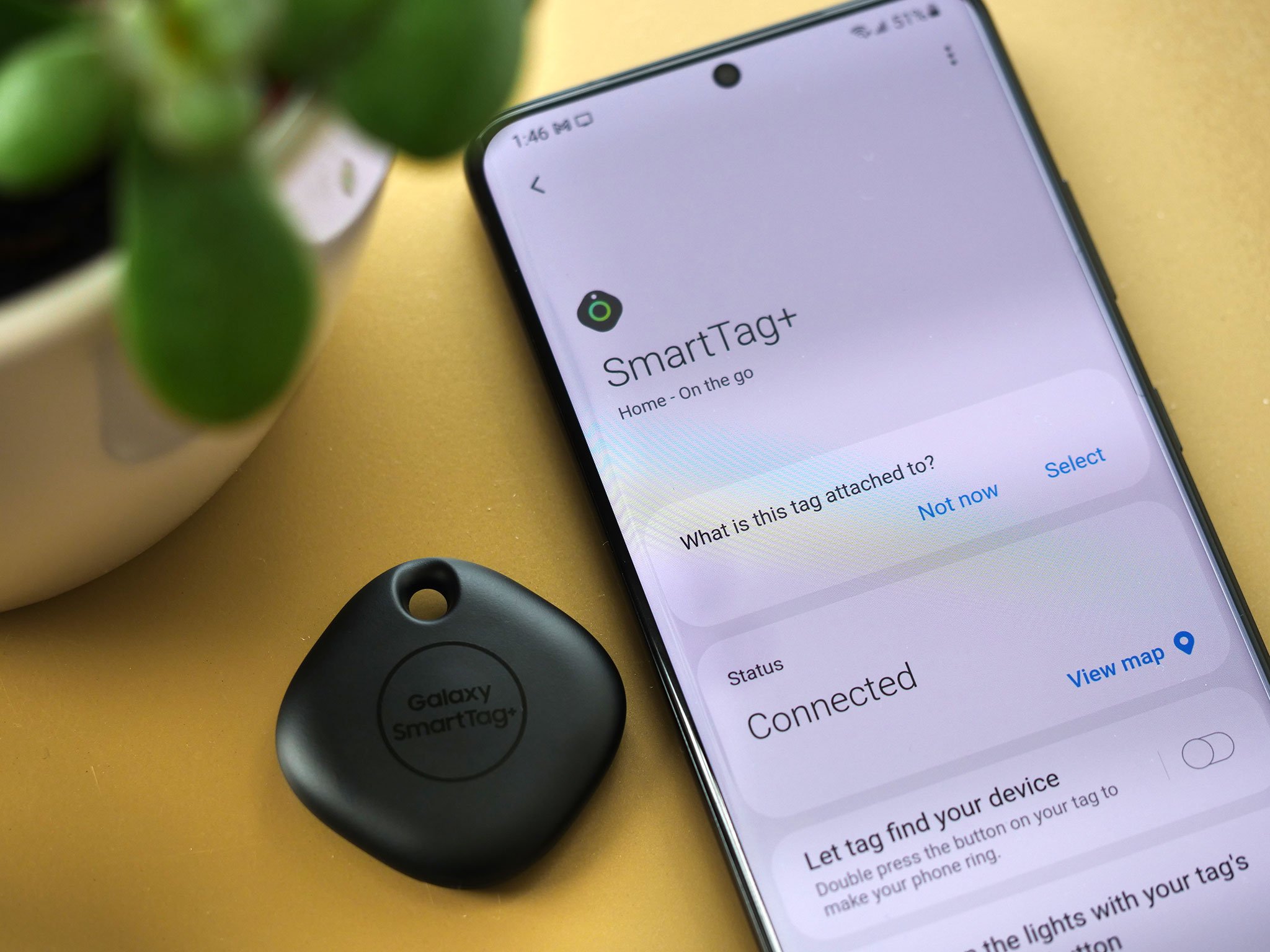
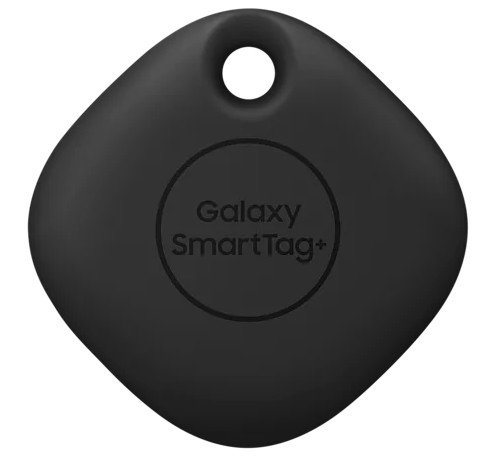
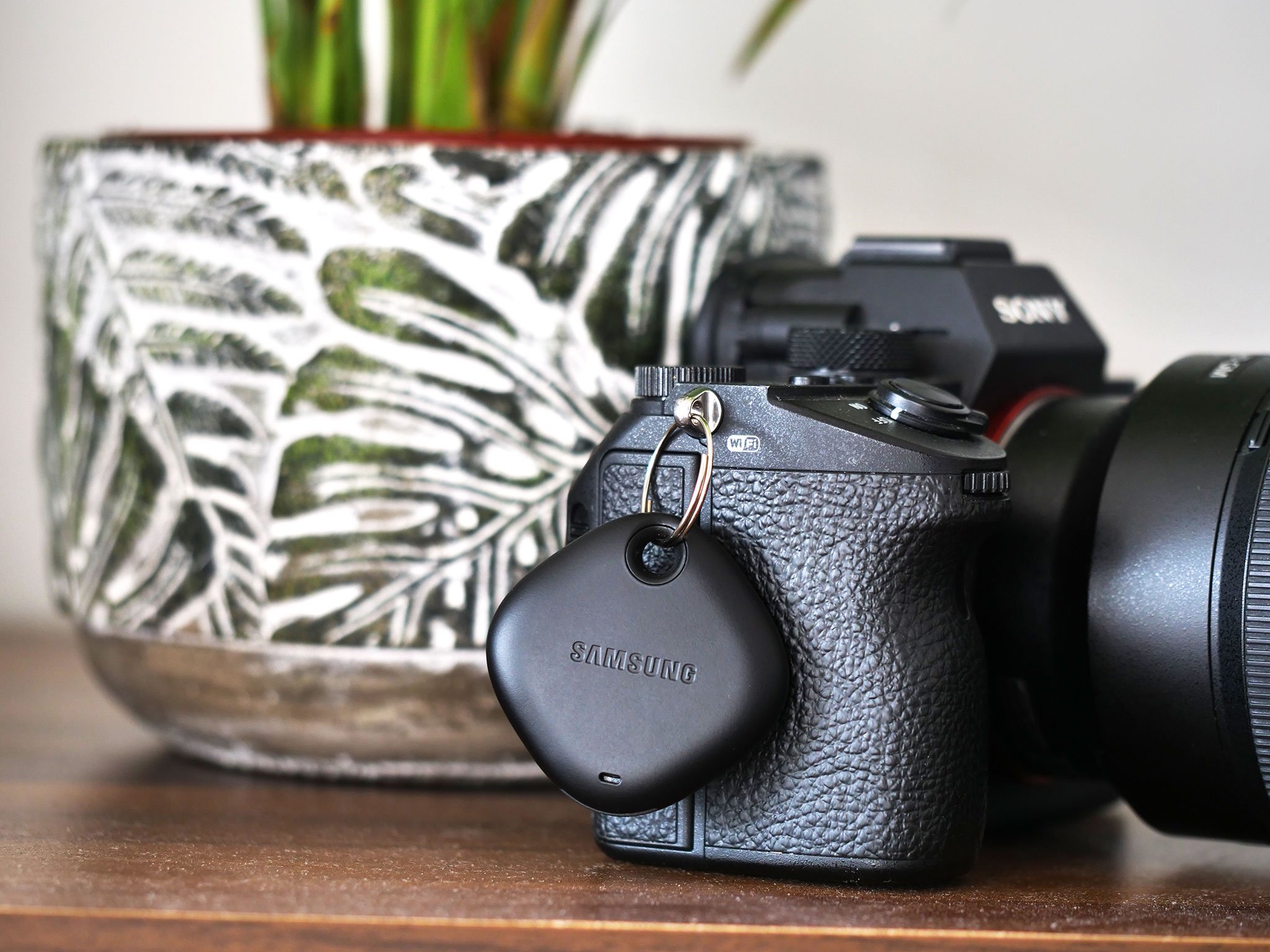
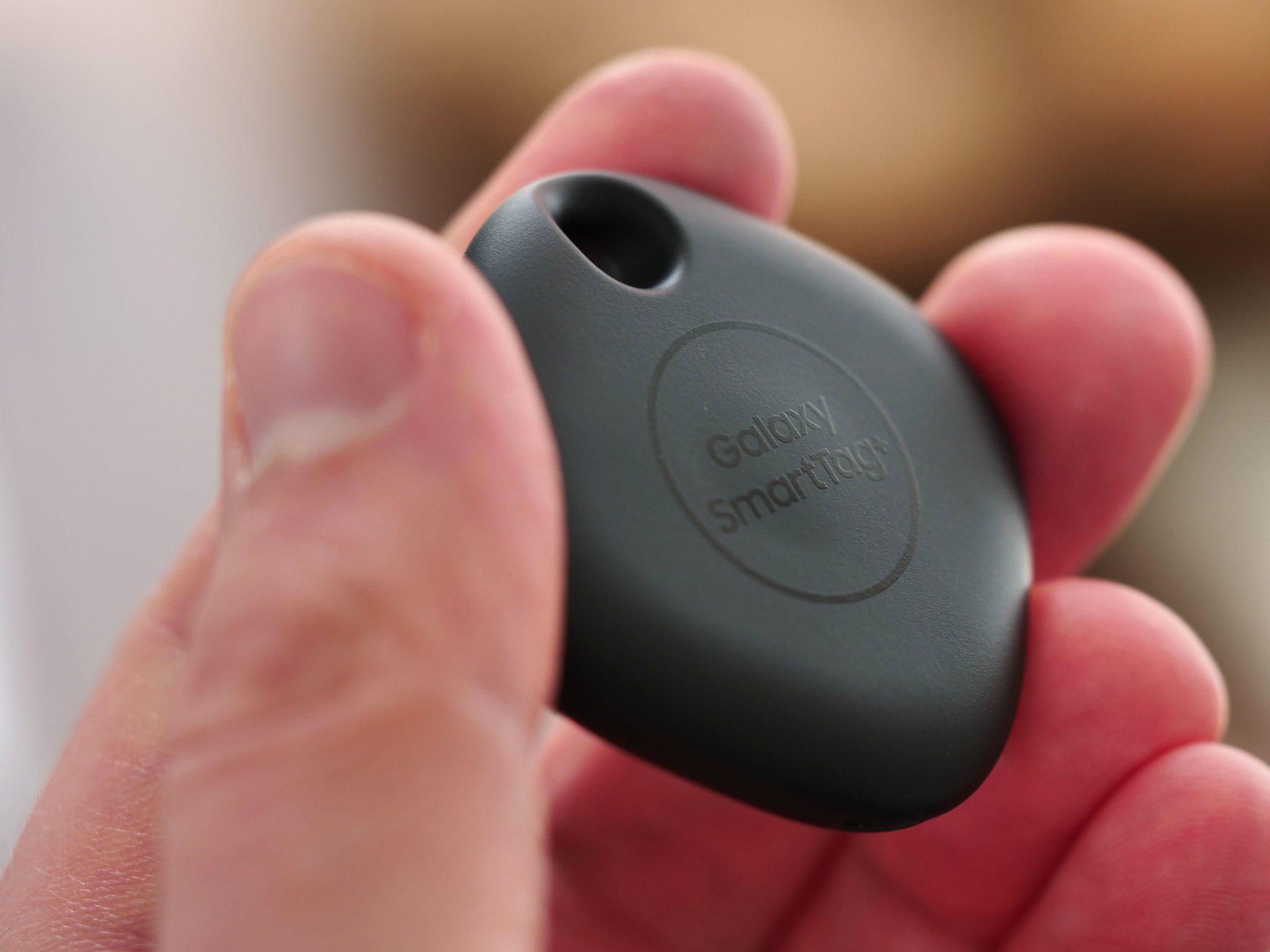
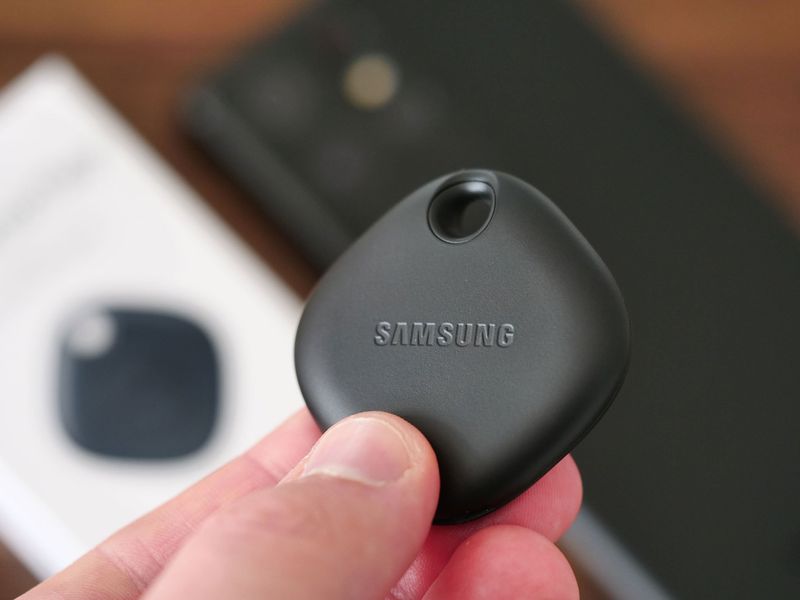


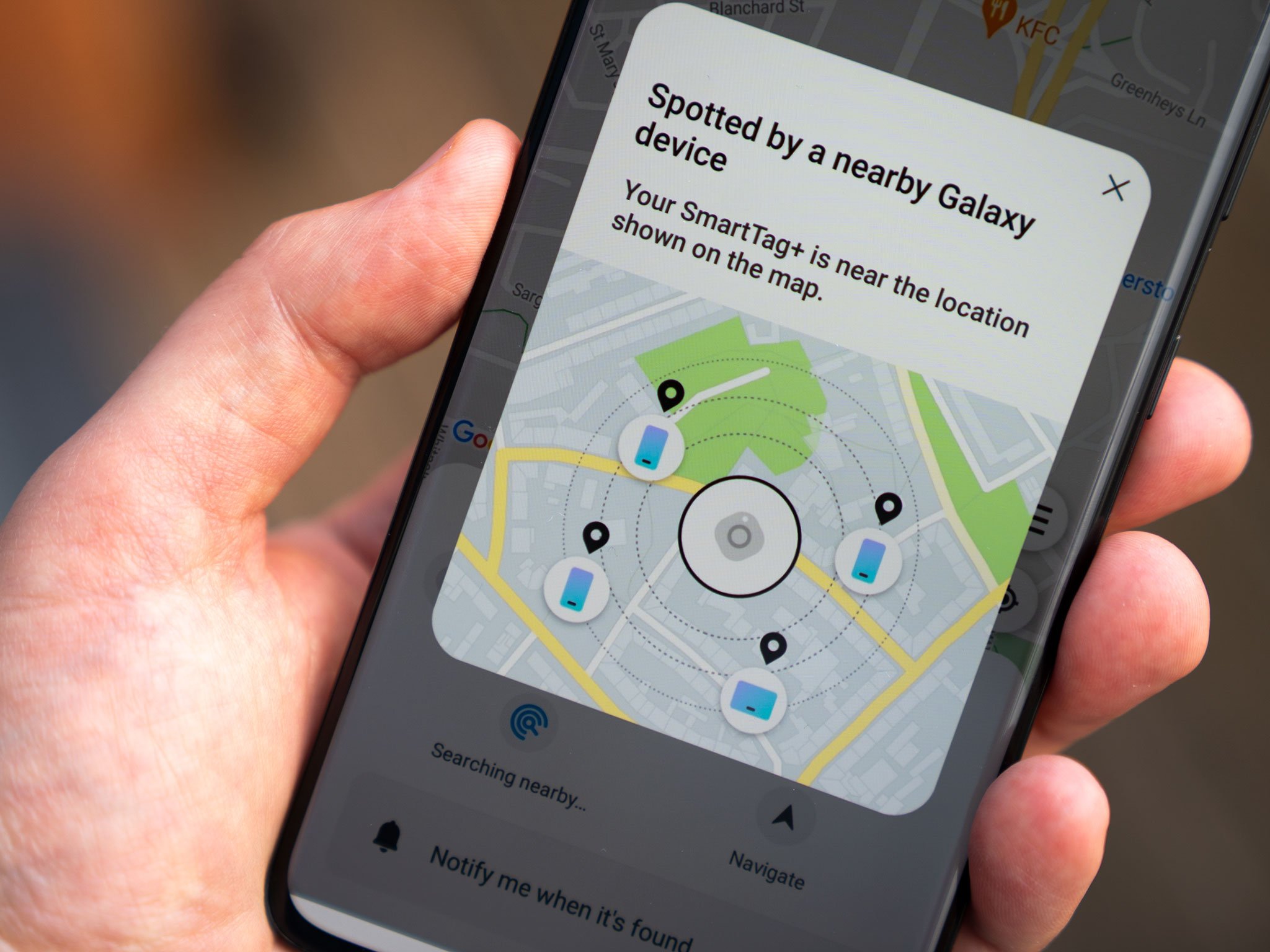

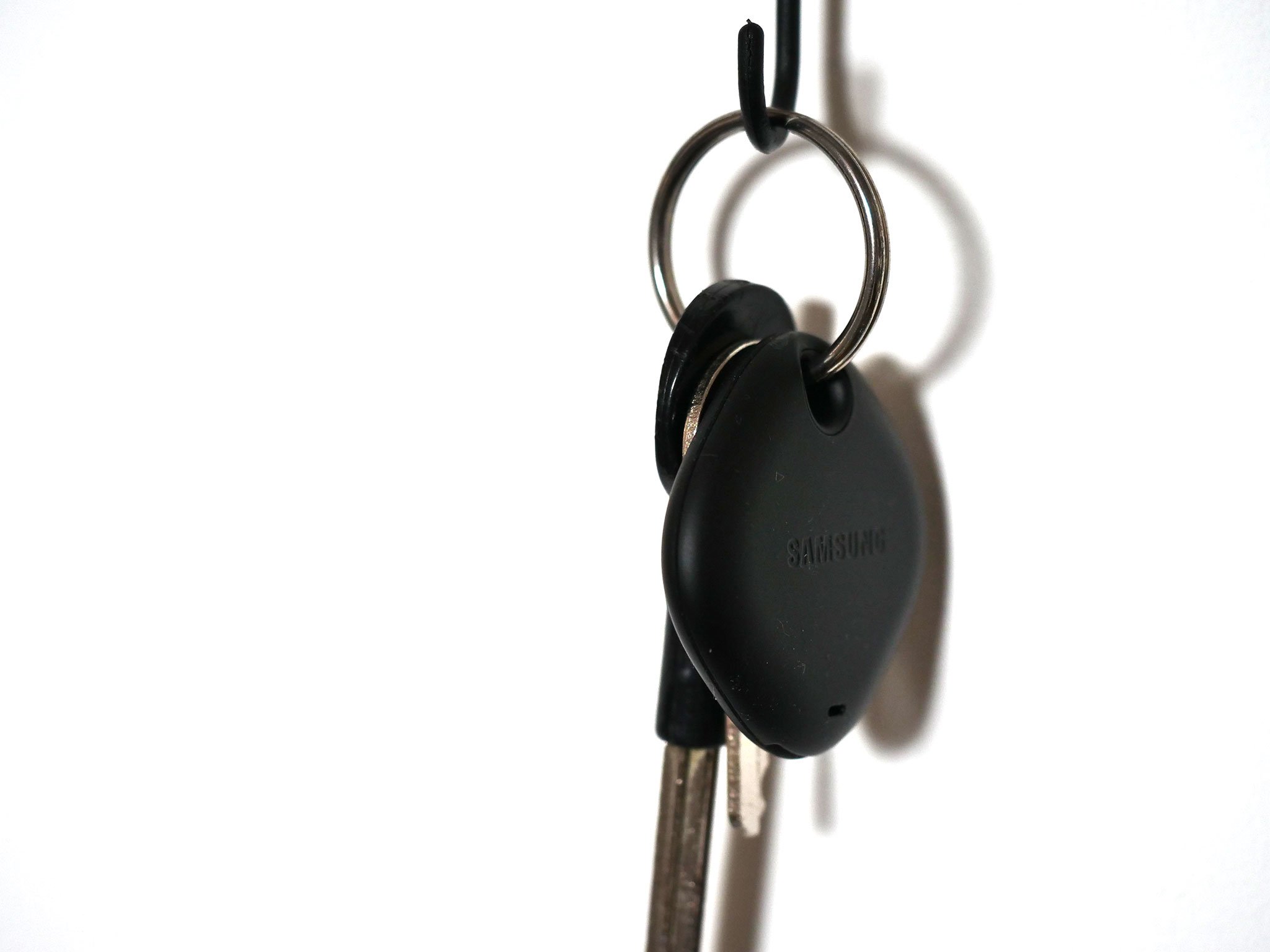
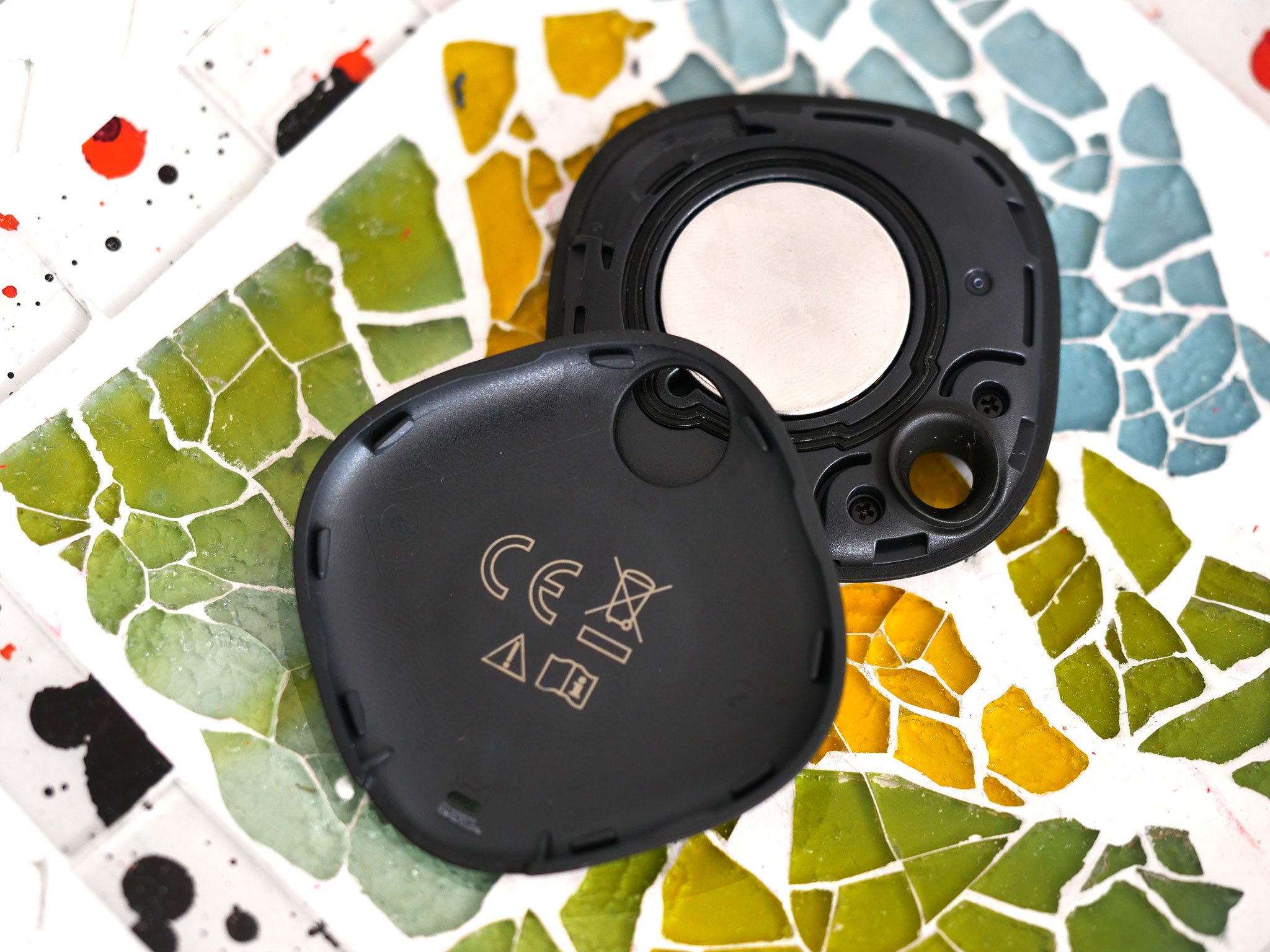
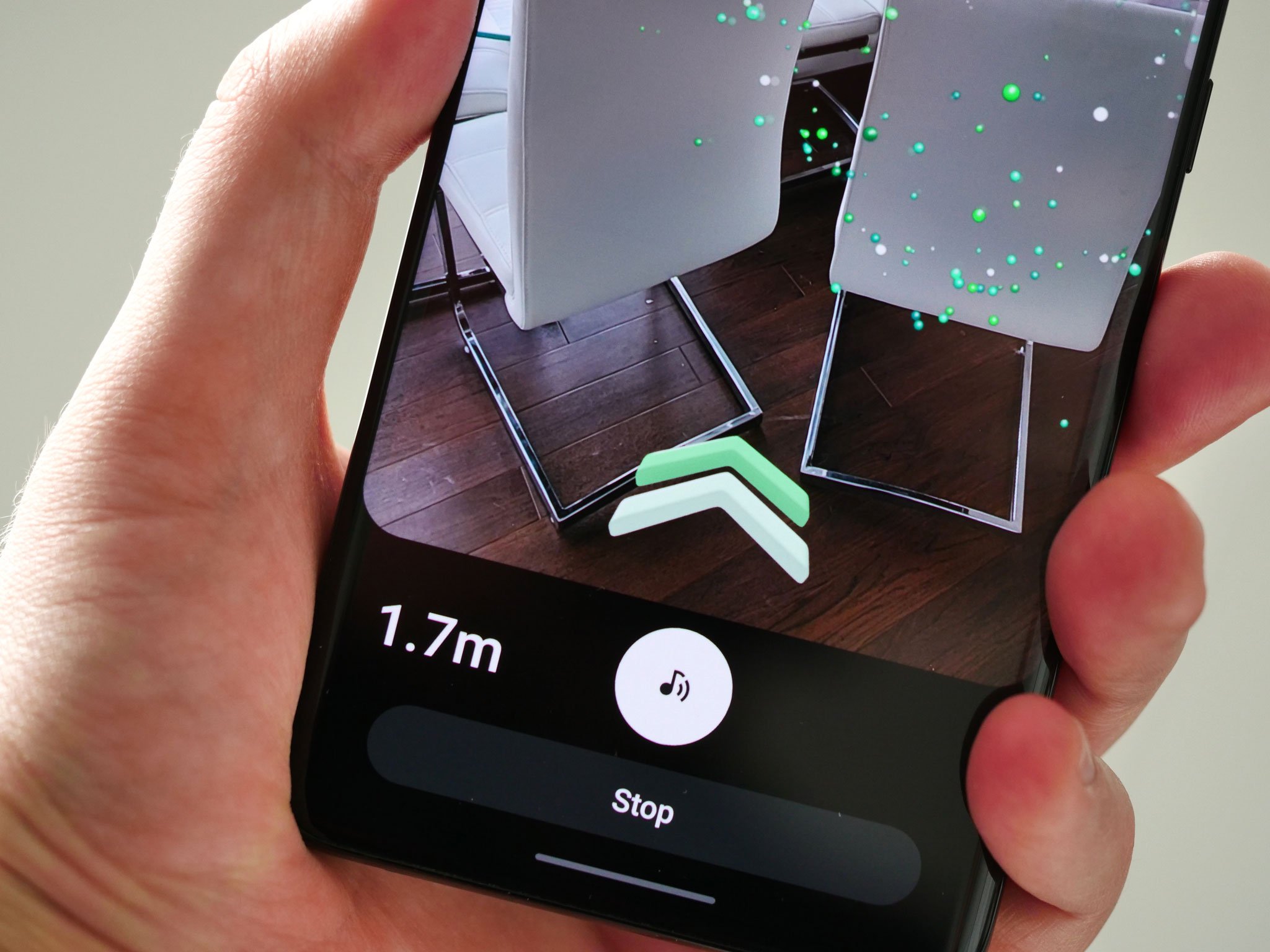
0 Commentaires